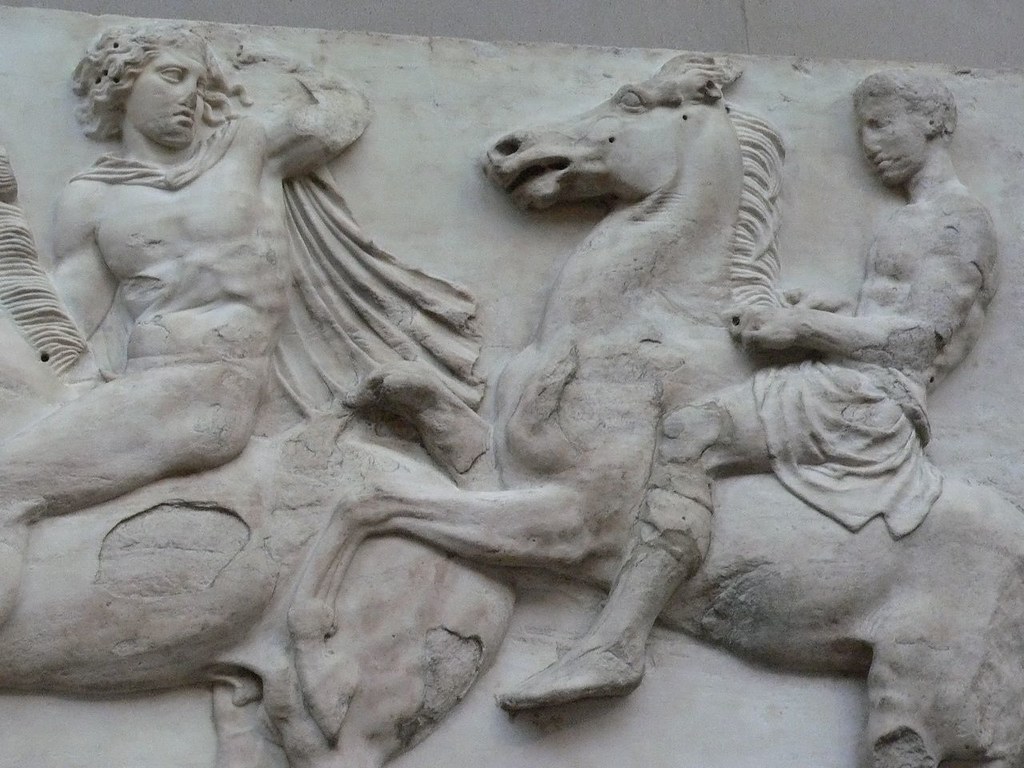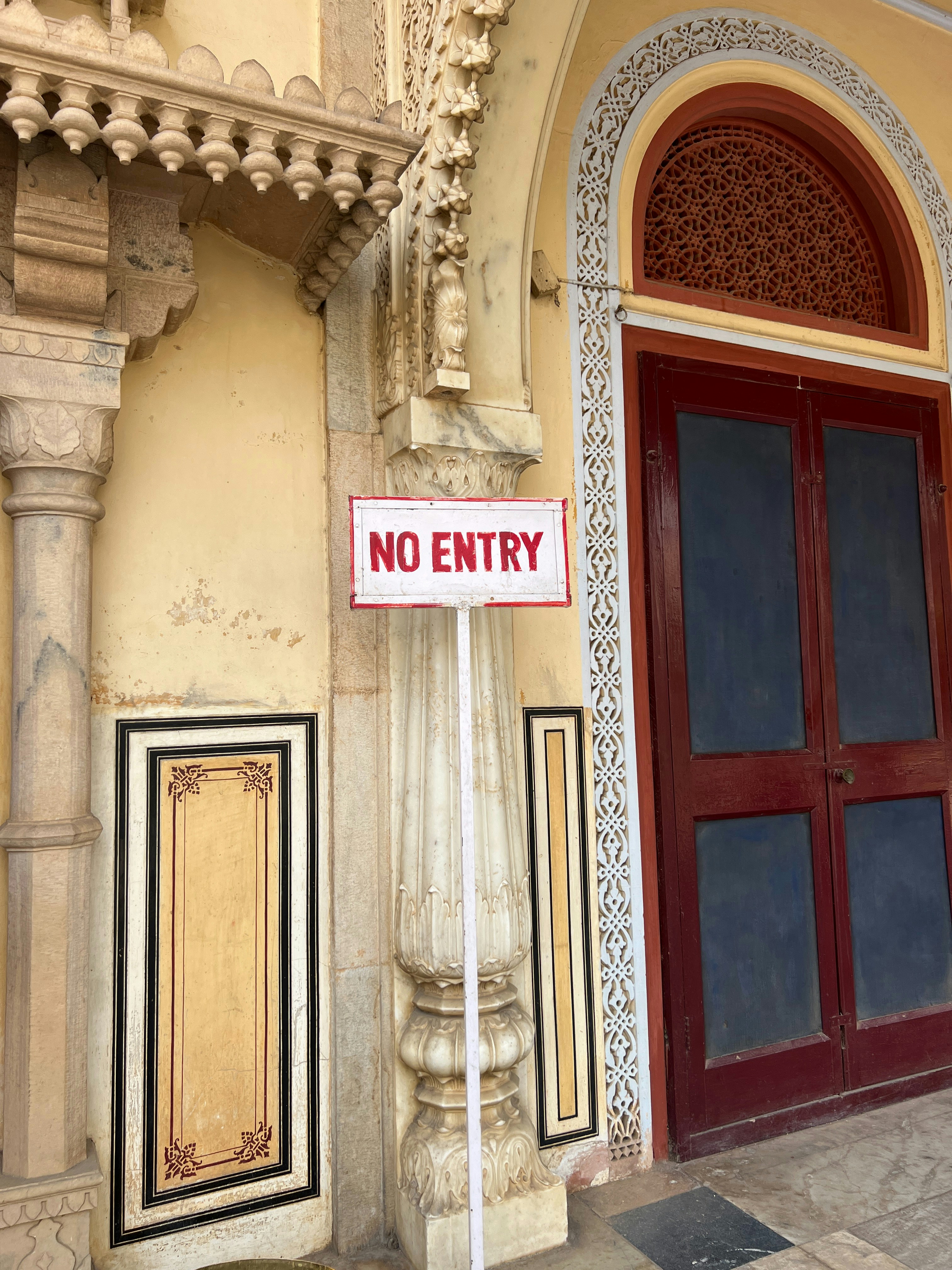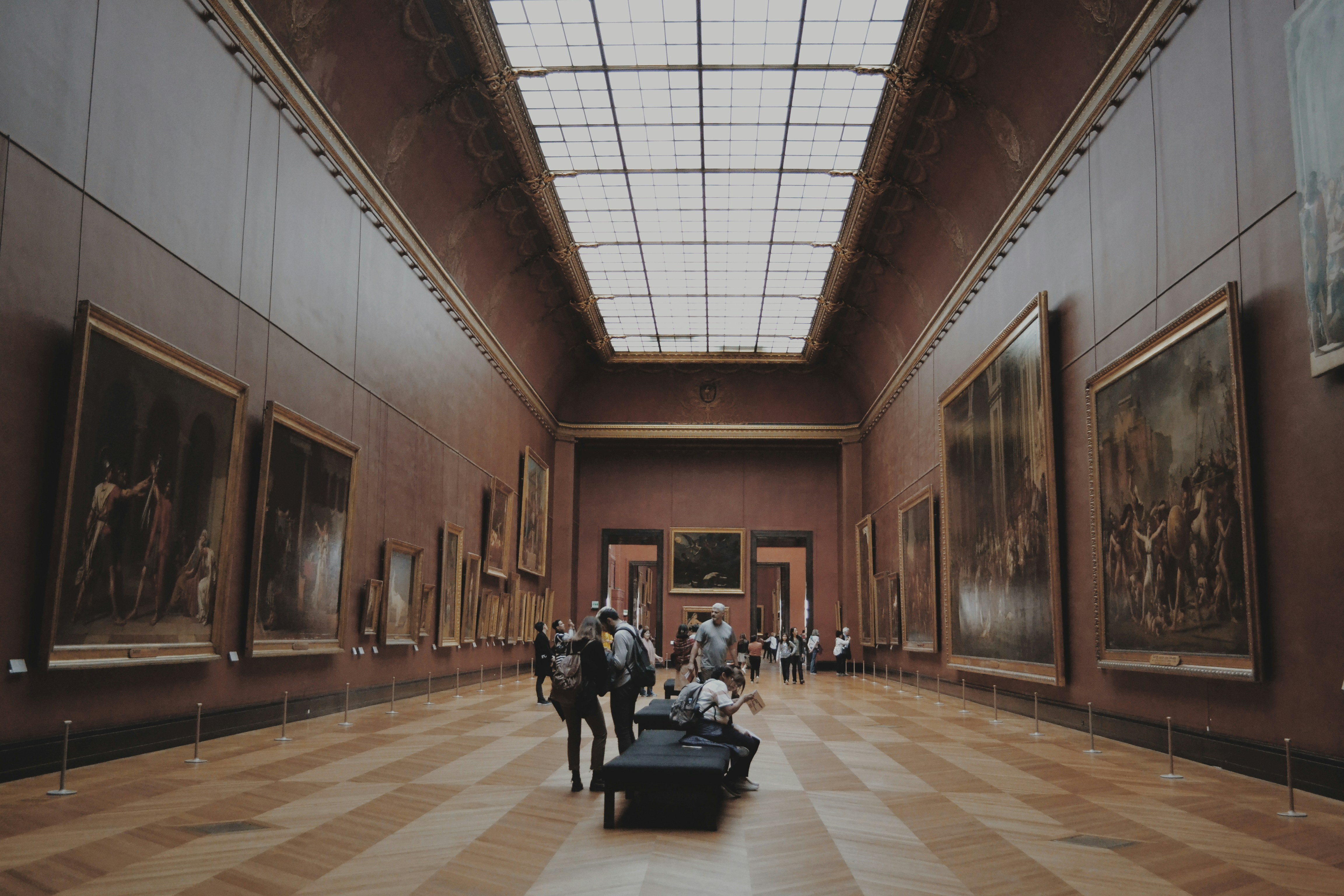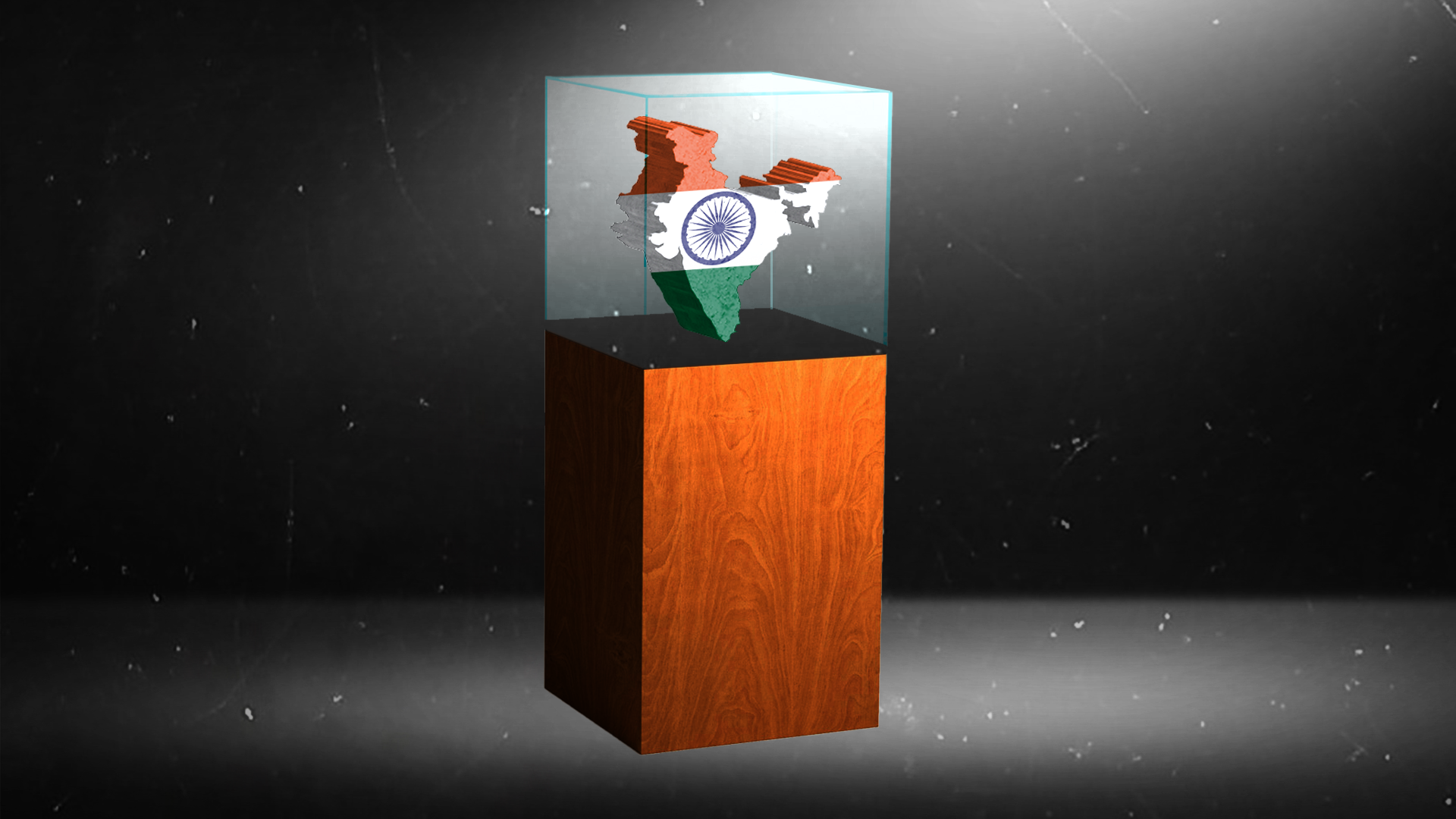Museums in former colonial powers face challenges in calls for decolonising their collections, but the issue acquires a different hue in India.
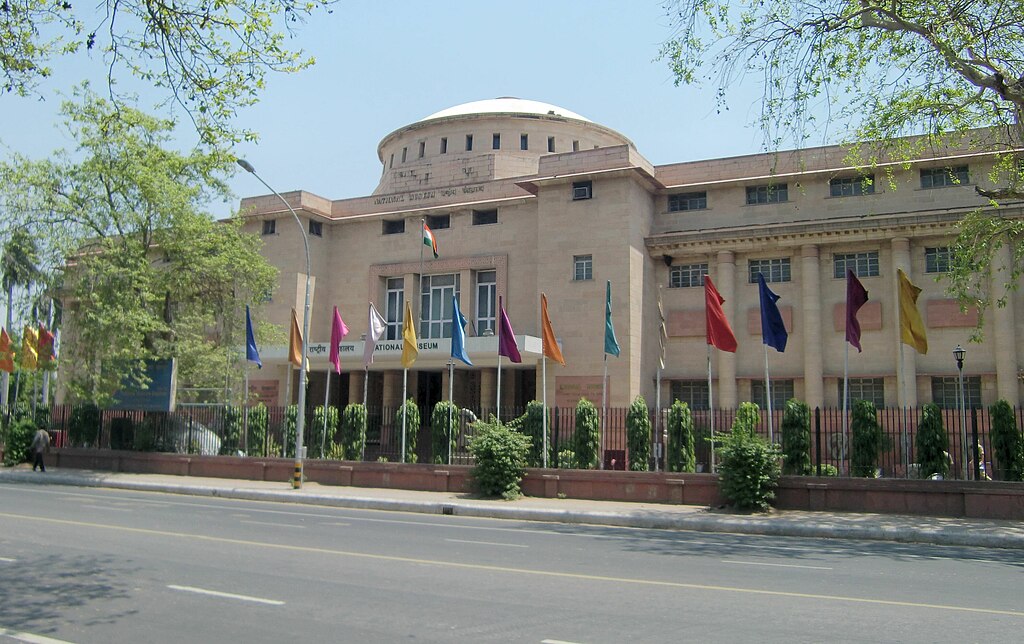 India’s National Museum is seen as a continuation of a colonial legacy in architecture and representation. : Miya M CC Attribution-Share Alike 3.0
India’s National Museum is seen as a continuation of a colonial legacy in architecture and representation. : Miya M CC Attribution-Share Alike 3.0
Museums in former colonial powers face challenges in calls for decolonising their collections, but the issue acquires a different hue in India.
When India’s Prime Minister, Narendra Modi, announced the building of the “largest museum in the world” in Delhi, the objective was to celebrate bharatiya sabhyata (Indian civilisation) and its 5,000-year existence.
This grand enterprise will be called, ‘Yugey Yugeen Bharat’, or, ‘Bharat, the epochal, the eternal’.
India already has a National Museum in the capital city, to showcase Indian civilisation’s heritage and glory. It boasts collections and displays of unique Indian objects and artefacts from the last 5,000 years.
However, Mr Modi’s vision for the country is driven by a new assessment of India’s civilisation and, consequently, what is represented by the existing National Museum in Delhi is deemed insufficient in showcasing the “new” ancient India, that is Bharat.
As we mark International Museum Day on May 18, this “new assessment” remains a bone of contention among scholars and the public.
The current political dispensation views its tussle for supremacy as inherently a struggle for the cultural supremacy of Bharat, which, in its view, has been inadequately represented or misrepresented to Indians and the world.
No longer are the National Museum’s exhibits adequately representative of ancient Bharat’s singular achievements (e.g. pioneer in the sciences, technology and applications, or STEM fields).
The Prime Minister’s proposed new museum is meant to be a symbol and architectural representation of an Indian, or more appropriately, Bharatiya museum, rather than what the National Museum is seen to be: a continuation of a colonial legacy in architecture and representation.
It is no surprise that this view of Indian civilisation portrays religions and religious communities, not birthed in the Indian subcontinent, as foreigners or invaders.
Mr Modi’s announcement of this new museum, therefore, has brought into sharp focus what is at stake.
Scholarship has been interrogating the site of the museum as quintessentially a colonial space.
The museum was imagined by colonisers, and former colonising nations, as the space containing the knowledge of the world – the world they ruled.
This perspective, for example, is used to justify to this day, the British Museum’s claims over the stewardship of the Parthenon Marbles or the non-repatriation of the Koh-i-noor diamond by the British Government.
Their appeal to a “cosmopolitan” impulse for this stewardship is deeply rooted in the old colonial imaginary of “we tell better stories because we have the objects with us, we research them or allow the best scholars to research them”, and (this is the kicker) “which were acquired ‘legally’.”
Increasingly, the scholarly call to decolonise museum spaces has taken root.
Movements like ‘bring down the statues’ against racist colonial administrators in Africa, Asia, and the ‘Black Lives Matter’ movement for racial justice in North America, have conditioned the public who go into museums to look for more sensitive portrayals of histories.
A vast scholarly literature on decolonisation has accumulated over the last two decades. The field of art history and its close ally, museum studies, is developing vibrant approaches, in large part, thanks to critical interventions by scholars to understanding authorised heritage discourse within critical heritage studies.
Historian Prasenjit Duara remains an early and influential contributor on decolonisation. He stated that, despite a large part of the 20th century seeing political sovereignty transferred from European colonial powers to Asian and African peoples in the name of nationalism, and a lot being written about these transfers, hardly anyone had noted how indigenous peoples characterised their pasts and futures.
As Duara says in the introduction to his edited volume Decolonisation, “…decolonisation refers to the process whereby colonial powers transferred institutional and legal control over their territories and dependencies to indigenously based, formally sovereign, nation states.
Decolonisation represented, not only the transference of legal sovereignty, but a movement for moral justice and political solidarity against imperialism. It thus refers both to the anti-imperialist political movement and to an emancipatory ideology which sought to or claimed to liberate the nation and humanity itself.”
Some museums in the former colonial countries echo Duara’s take on colonisation by explicitly calling for decolonising their exhibits and collections to transfer this ‘sovereignty’ to postcolonial states in Asia, Latin America and Africa. This includes repatriation of stolen antiquities, illegally obtained antiquities, and recognition of indigenous ancestral communities and their ‘silences’ within museum collections.
However, museums are not equipped to deal with confrontations by the public regarding uncomfortable pasts.
They face difficult choices such as whether to showcase all histories – glorious and inglorious, ugly and celebratory – in their spaces, and whether only the current dominant national perspective, such as the Hindu nationalist “new assessment” of India’s past, must be showcased.
This “new assessment” counts as a decolonial narrative if it only means rolling back British colonial influences, though it may exclude other “Indian” narratives.
Decolonising the museum space is not a straightforward enterprise but is fraught with myriad considerations of representation, identity, historical knowledge and layered sensibilities that have accrued over time within communities and institutions.
It is worth remembering that Yugey Yugeen Bharat is hardly going to resolve fractious debates within recently developed understandings in India’s conversations of its history.
Hemanth Kadambi is an archaeologist and Associate Professor in the Department of History and Archaeology, Shiv Nadar Institution of Eminence, Delhi-NCR
Originally published under Creative Commons by 360info™.


